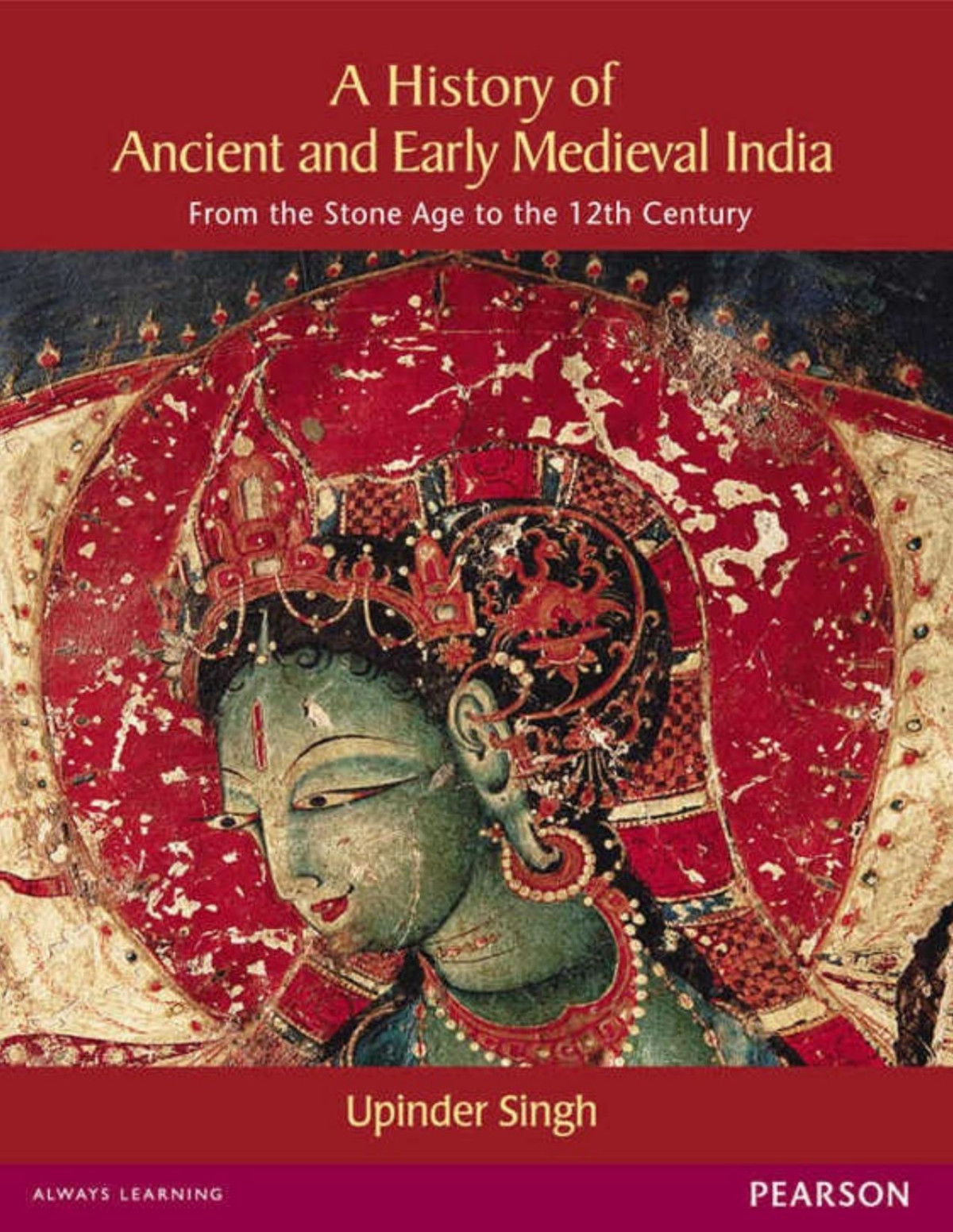

Most ebook files are in PDF format, so you can easily read them using various software such as Foxit Reader or directly on the Google Chrome browser.
Some ebook files are released by publishers in other formats such as .awz, .mobi, .epub, .fb2, etc. You may need to install specific software to read these formats on mobile/PC, such as Calibre.
Please read the tutorial at this link: https://ebookbell.com/faq
We offer FREE conversion to the popular formats you request; however, this may take some time. Therefore, right after payment, please email us, and we will try to provide the service as quickly as possible.
For some exceptional file formats or broken links (if any), please refrain from opening any disputes. Instead, email us first, and we will try to assist within a maximum of 6 hours.
EbookBell Team

4.1
100 reviewsUpinder Singh's A History of Ancient and Early Medieval India is an authoritative exploration of India's past, tracing its development from the Stone Age to the 12th century. The book stands out for its interdisciplinary approach, combining insights from archaeology, anthropology, numismatics, epigraphy, and textual sources. Singh paints a vivid picture of the subcontinent's history, highlighting its diversity and complexity.
The narrative begins with the earliest human settlements and gradually moves through different epochs, including the Harappan Civilization, the Vedic period, and the rise of early kingdoms. Singh meticulously covers the development of social and political structures, religious and cultural evolution, and economic transformations that shaped ancient India. Her discussion of early Indian empires, such as the Mauryas and Guptas, is particularly detailed, examining how these empires consolidated power and fostered cultural and intellectual advancements. Singh's analysis does not shy away from the complexities and contradictions inherent in these periods, making it a balanced and nuanced account.
One of the book's strengths is its reliance on a wide range of sources, from ancient texts like the Vedas and the Arthashastra to inscriptions, coins, and the latest archaeological discoveries. This evidence-based approach helps to challenge earlier, often Eurocentric, interpretations of Indian history, presenting a more inclusive and indigenous perspective. Singh's writing is clear and accessible, making complex historical processes understandable to both academic and general readers.
Richly illustrated with maps, photographs, and timelines, the book is visually engaging and aids the reader's comprehension of India's vast and varied historical landscape. Singh's work is not merely a political history but also delves into the social, economic, and cultural aspects, providing a holistic view of India's past. She highlights the role of regional diversity and
…